Info, news & debate
Felt making
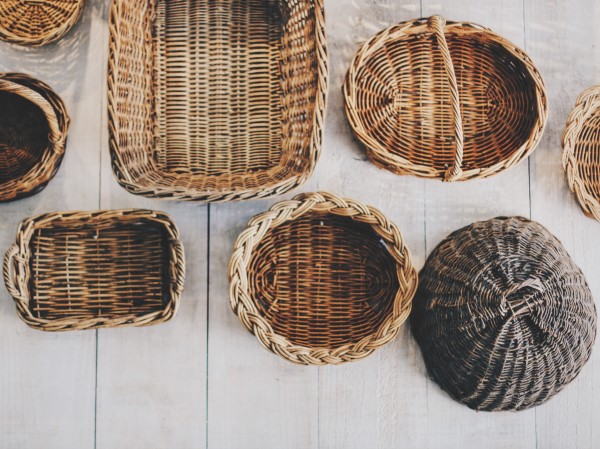
Craft in a crisis: helping heritage crafts come back from the brink
With a host of already endangered heritage crafts at even greater risk as a result of the Covid-19 pandemic, what does the future hold and how can we play a part in helping heritage crafts survive and even thrive? Sophie Paterson explores.
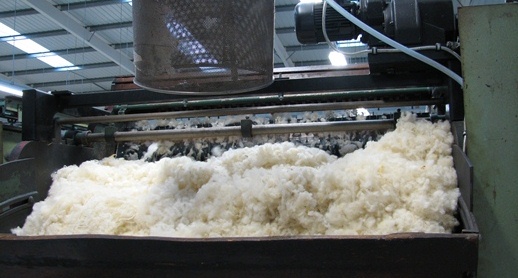
The Wool Journey Part 9: the first stages of preparing to spin
In Part 9 of The Wool Journey guest blog series from The Natural Fibre Company, Sue Blacker takes us through the first stages of preparing to spin, featuring the Fearnaught machine and more.
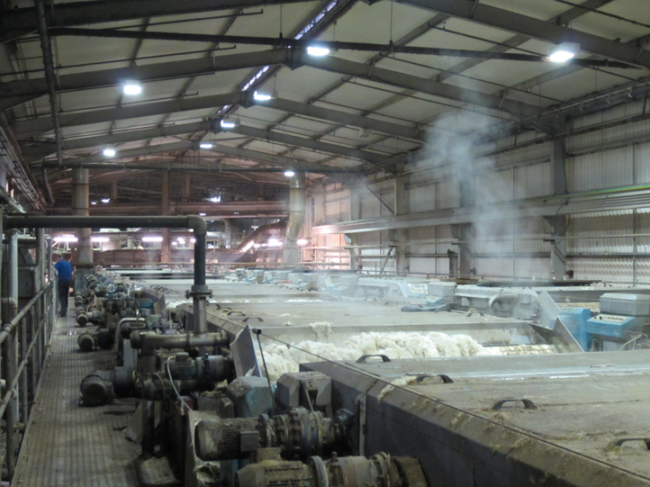
The Wool Journey Part 8: wool scouring and drying
In the eighth installment of The Wool Journey with Sue Blacker at The Natural Fibre Company, we learn about the first stage of processing: wool scouring and drying.
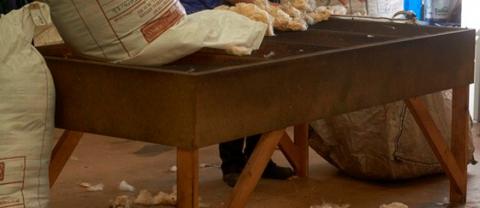
The Wool Journey Part 7: uses of different fibre types
Continuing The Wool Journey, Sue Blacker of The Natural Fibre Company explains the uses of different fibre types. It is said that everything of a pig can be used but the squeak and the same is true of fleeces!
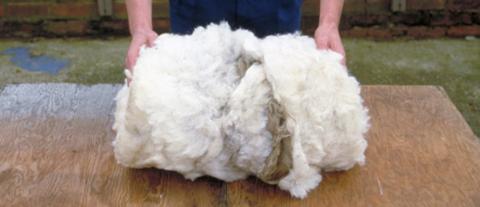
The Wool Journey Part 6: grading, sorting and storing of fleeces following shearing
In the sixth installment of The Wool Journey by Sue Blacker of The Natural Fibre Company and Blacker Yarns, she outlines the crucial steps of grading, sorting and storing of fleeces following shearing.
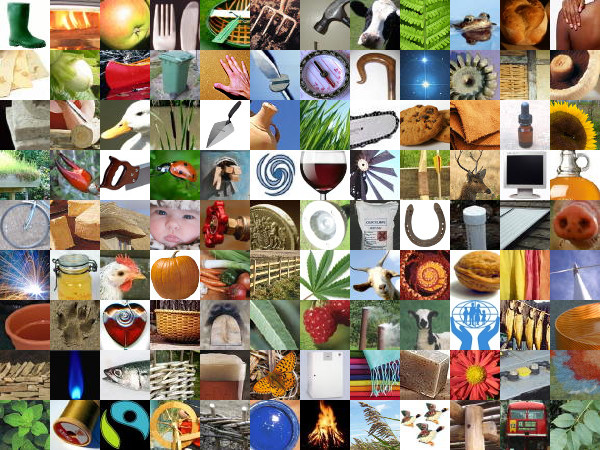
Join our new online community Living Low Impact
We’re excited to introduce our new Facebook group Living Low Impact – and you’re invited!
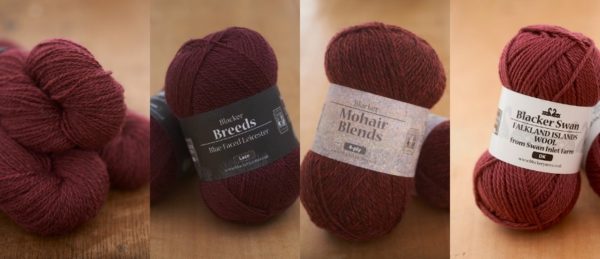
The Wool Journey Part 3: wool attributes – length, crimp and lustre
In the third of The Wool Journey installments based on an original post by Sonja Bargielowska at Blacker Yarns, The Natural Fibre Company leads us to consider length, crimp and lustre.
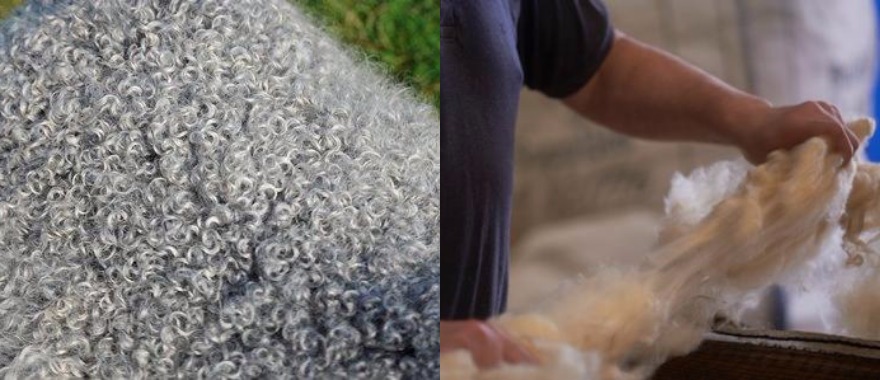
The Wool Journey Part 1: what is wool?
In the first of a series of guest blog posts from Sue Blacker and colleagues at The Natural Fibre Company, we invite you to embark upon The Wool Journey, exploring the what, how and why of all things wool.
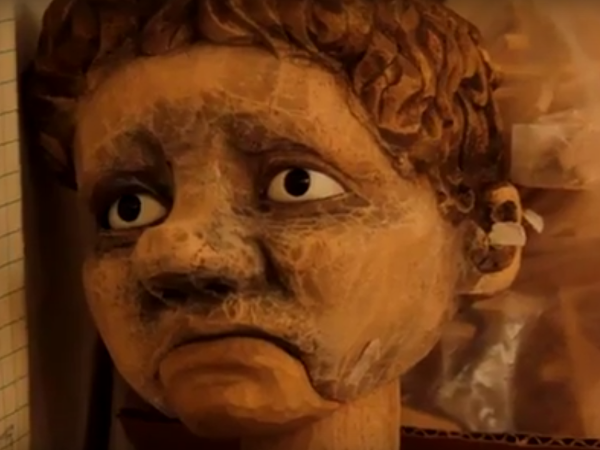
What we’re losing: the joy and satisfaction of crafting things by hand
The video below shows various stages of the production and finish of a 1-metre tall puppet by Jan Zalud. Jan makes all sorts of things – crafted by hand from wood.
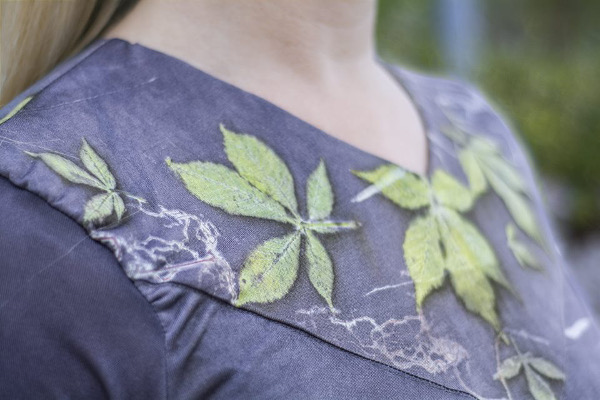
Imprint dyeing – a beautiful new way of dyeing textiles using plants
This is a beautiful and interesting way of dyeing cloth by imprinting plant material. Getting a precise imprint on cloth or paper is not new – take for instance the Turin Shroud.
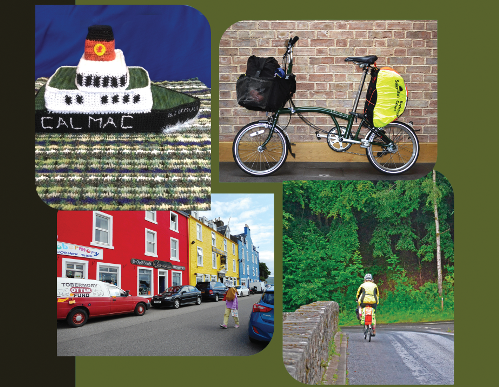
New Lowimpact.org publication: a knitting and textiles tour of Scotland by folding bicycle
Lowimpact.org has a new publication, about a 57-year-old (sorry Janet) woman’s decision to leave her home in Ayrshire and take a grand tour of Scotland on a Brompton folding bicycle, visiting and giving workshops for textile groups along the way.

How can we get our clothes from sustainable and non-corporate sources?
This is an interview with Jessica Smulders-Cohen of Greater London Fibreshed, who are trying to build a network of small-scale clothes manufacturers using natural materials produced in the UK.
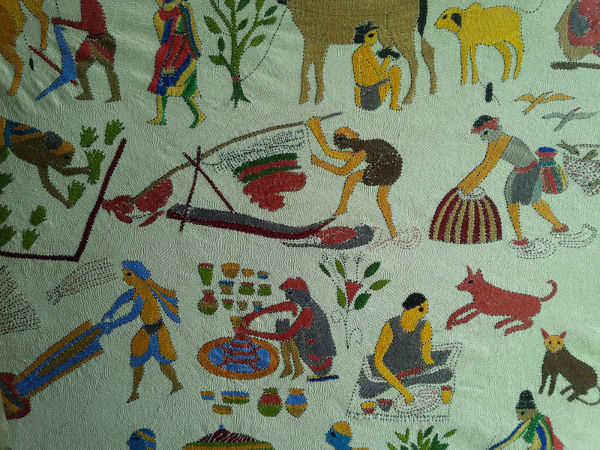
The future will be handmade? The prospects for craft skills in ‘developing’ countries
The Future will be handmade? In the information age, the question has an absurd ring. But I ask after listening to Ashoke Chatterjee at the Artisans House in Mumbai. As a long time President of the Crafts Council of India, Chatterjee tells us that ‘The Future will be handmade’. The question mark is mine.
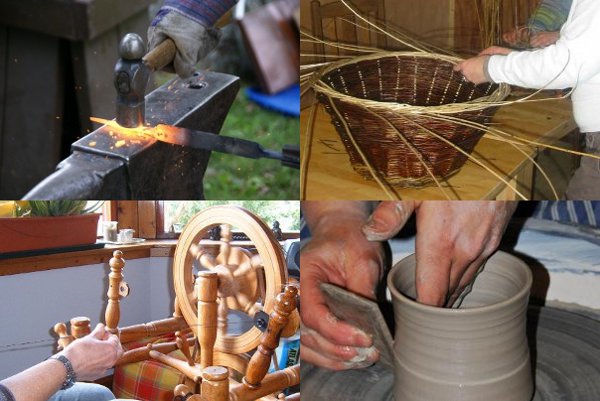
Craft skills are too important to lose
How many people do you know these days whose work involves traditional craft skills? For every craftsperson in the UK, there must be a couple of thousand working in telesales.
